Preface
Racer, and new “Ride or Die” trail buddy, John Phelps on Indian Trail Ridge.
For those unfamiliar…
The Colorado Trail Race (CTR) is a solo, self-supported, ultra-endurance mountain bike race through the Colorado High Country. There is no entry fee, no aid, no support, and no prize for finishing.
You might think of it as a “Cannonball Run” for mountain bikers, except it’s legal, and infinitely harder. The organizers simply maintain a system for tracking participants along a pre-established route, and set forth some basic rules to keep the race legal and equitable.
The racecourse runs 530 miles between Waterton Canyon (southwest Denver) to Durango, gaining ~75,000 ft of elevation along the way. Where regulations allow, the route utilizes the Colorado Trail - detouring on dirt and paved roads only when the trail enters designated wilderness. The terrain is extremely difficult. Many sections involve miles of continuous uphill hike-a-bike. Riders typically hike their bikes somewhere between 25 and 75 miles while traversing the course.
Riders waking from a rainy night sheltering at Camp Hale.
The success of the concept depends entirely on the honor and integrity of the individual riders.
There are no course marshalls. Riders must navigate and police themselves. Racers are allowed to use “commercially available to all” services along the route (including grocery stores, restaurants, laundromats, motels, bike shops, etc). Racers may not accept any outside assistance in the form of food or water drops, pacers, meetups with friends/family/media crews, etc. during the race. Racers may leave, and return to, the course under their own power but are not allowed to use any form of public transportation, or get in a motorized vehicle, during the race.
In a race this long and difficult, the cumulative consequences of weather, injury, mechanicals, and mental/emotional strain can quickly (or slowly) conspire to end one’s race. No amount of preparation can overcome an ill-timed bout of bad luck - which the Colorado Trail doles out in spades.
“Life-changing,” is perhaps the most common post-race utterance of those racers fortunate to complete the CTR’s gauntlet of beauty and despair. The fastest racers complete the course in under 4-days on very little sleep. Others are out there for over two weeks. It is not unusual for less than 50% of the Grand Depart starters to reach the finish.
The race typically occurs in July or August. It is primarily composed of a “Grand Depart” of several dozen riders who all start the ride at the same place and time. The direction of travel alternates annually. In 2022, the Grand Depart was at 4am, August 14th, from the Waterton Canyon trailhead with field size limited to 74 racers. Racers may alternatively complete the course as an individual time trial (ITT) using a starting date/time and terminus of their choosing.
Each option has its pros and cons, but for me, the choice between Grand Depart and ITT was an easy one. Though I typically prefer to ride alone (even on multi-day tours) I very much wanted a spot in the Grand Depart. My decision was heavily influenced by the accounts of past racers who recounted memorable moments, both highs and lows, shared with others on the trail. Though I knew no one on the start list, I hoped to have some shared experiences along the way; to not feel entirely alone out there; and to find out what it felt like to be in a bikepacking race.
The author’s fully loaded rig a few days prior to the Grand Depart.
I first “dot-watched” the race in 2019.
My early interest was purely as a spectator. I never imagined myself doing such a thing; but I was intrigued by the “why?” What was it that drives people to take on such an arduous journey, some year after year.
It was not until reading the accounts of a few 2021 racers that the CTR’s fearsome finger fell squarely on me. What began as a whisper quickly became roar, and the 2022 CTR was firmly chiseled into my calendar before the ink dried on the 2021 sojourn.
Getting to the start line of any ultra-endurance event (especially one’s first) is arguably more difficult than the race itself. For me, the physical preparation was huge - though perhaps not in the way one might expect for a long-distance cycling event. The demands of the CTR go far beyond pedalling perfect circles for days on end. My primary physical challenge was to transform my balky feet and ankles into something adjacent to hike-a-bike functional. Chronic plantar fasciitis and achilles tendonitis had debilitated my previous three summers. It took 8-months of preemptive physical therapy to ensure my feet wouldn’t mutiny on the first day of the race.
Then there was the gear. So. Much. Gear. - to be purchased, tested, and tweaked, times one-thousand. Add to that hours of planning, logistics, and family negotiations. Taking a week-plus off from adulting for a solo recreational pursuit was a lot to ask of my loving wife and mother of our two small children.
In the end - I made it - to both the start, and the finish, of the 2022 Colorado Trail Race.
Yet the journey was so much more than I’d imagined.
This is my story.


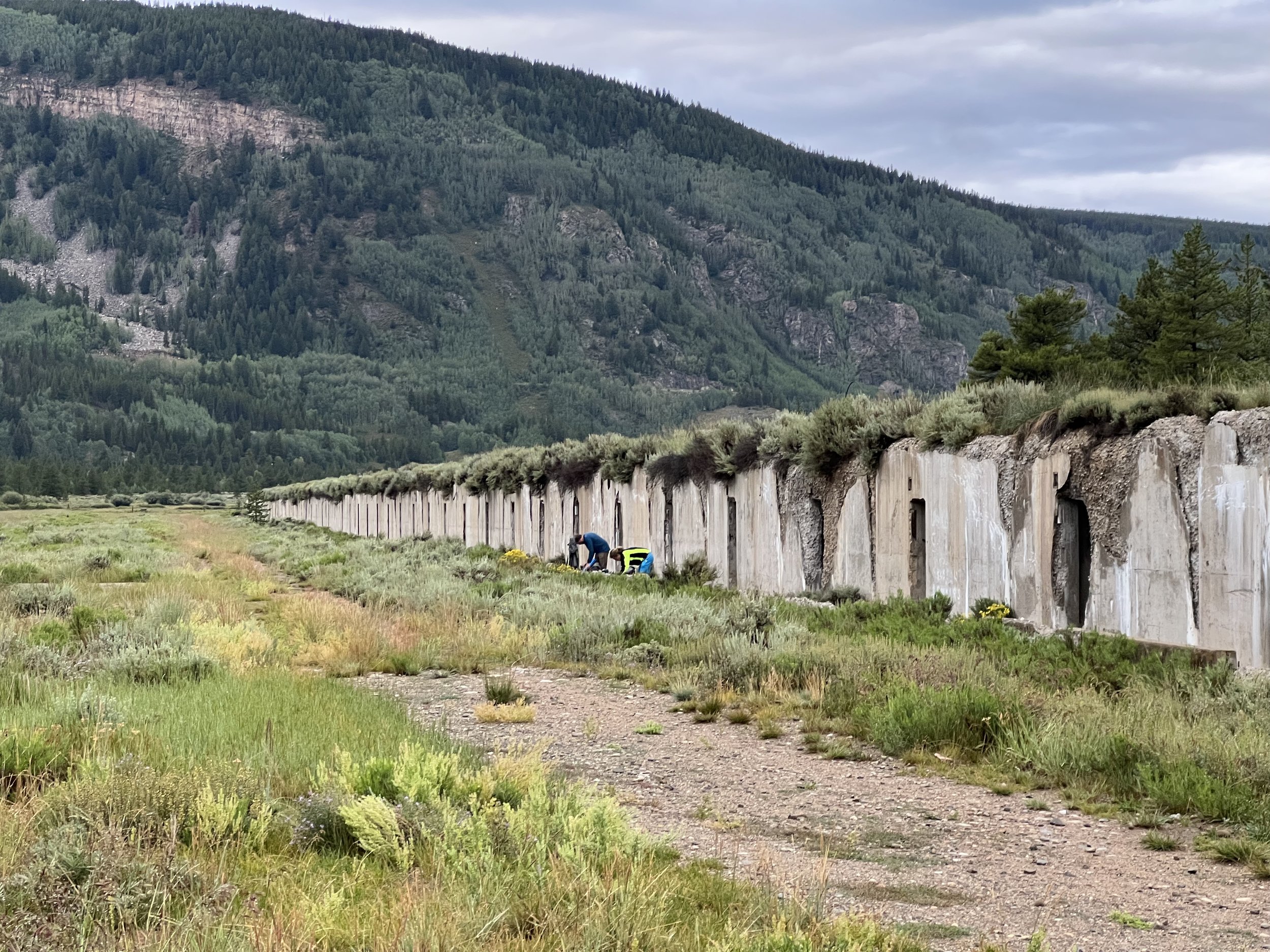


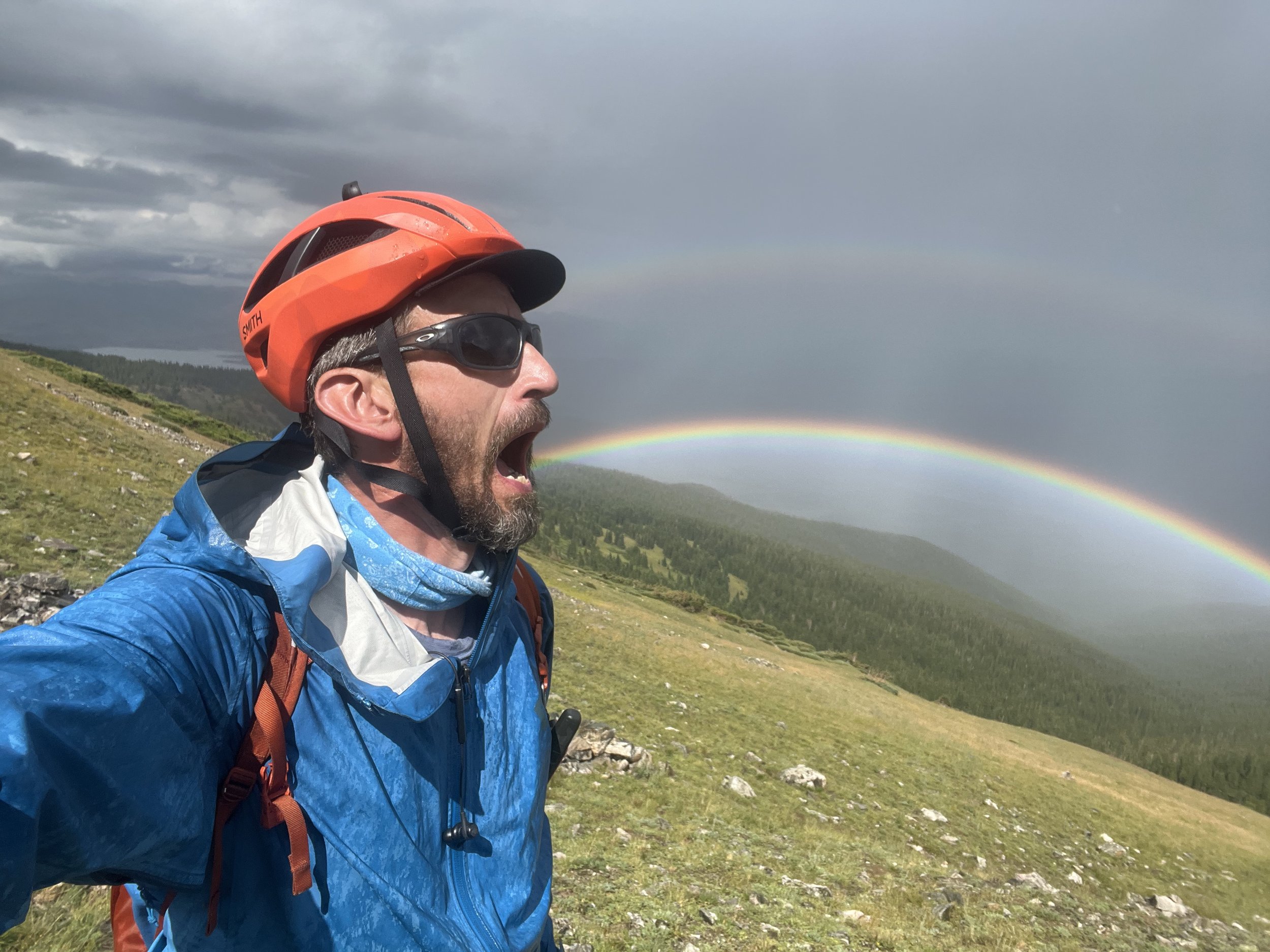
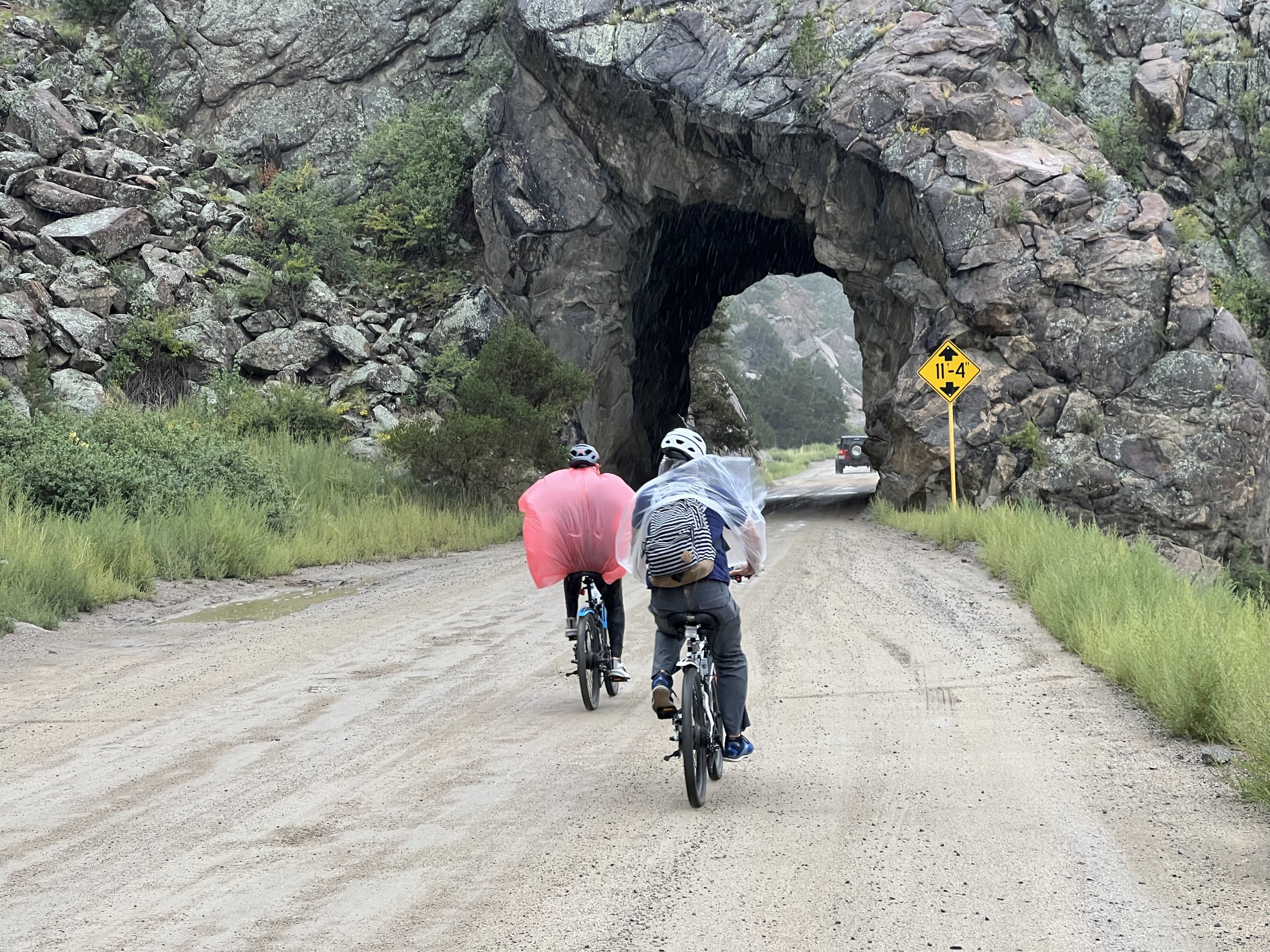
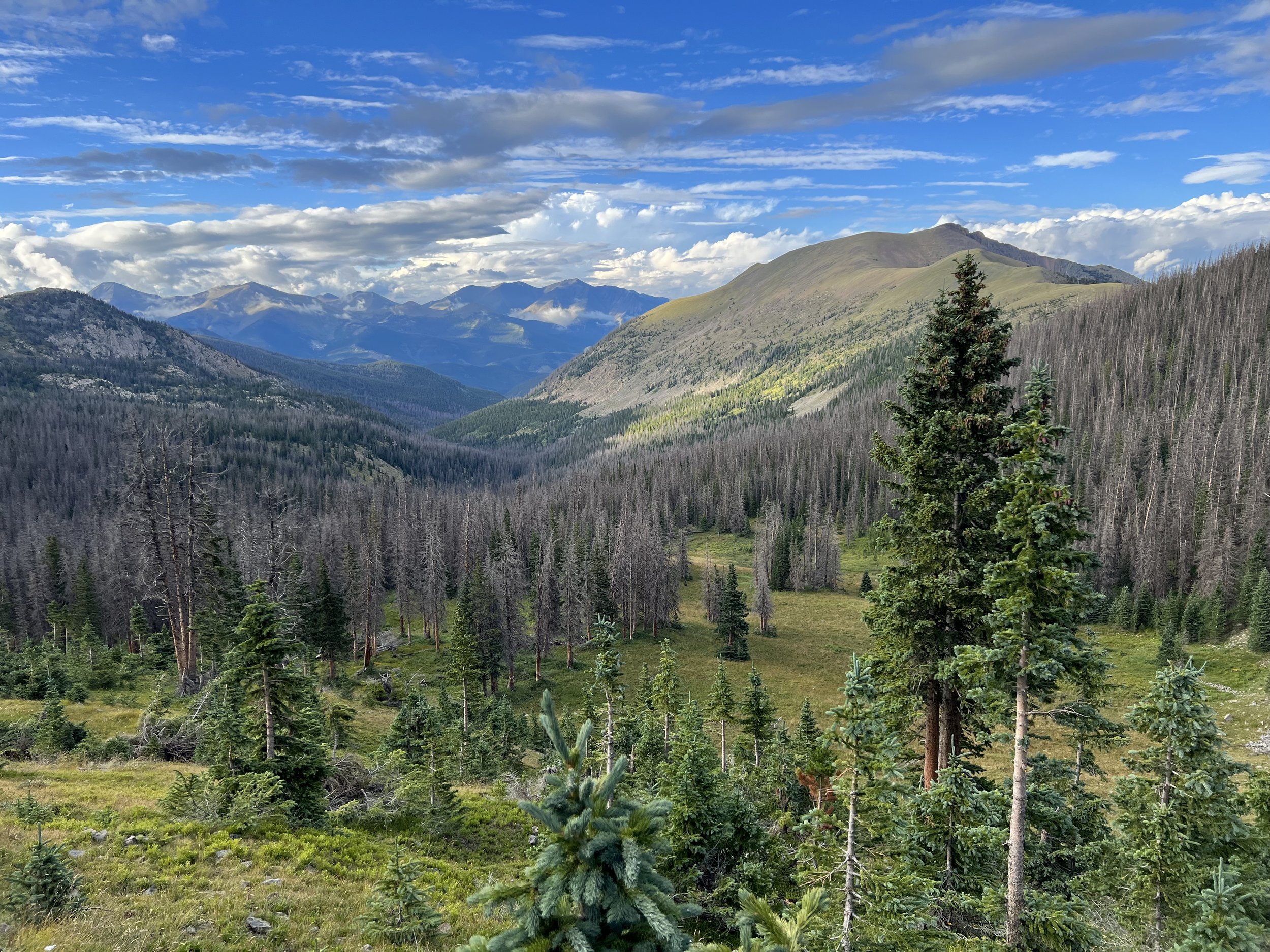

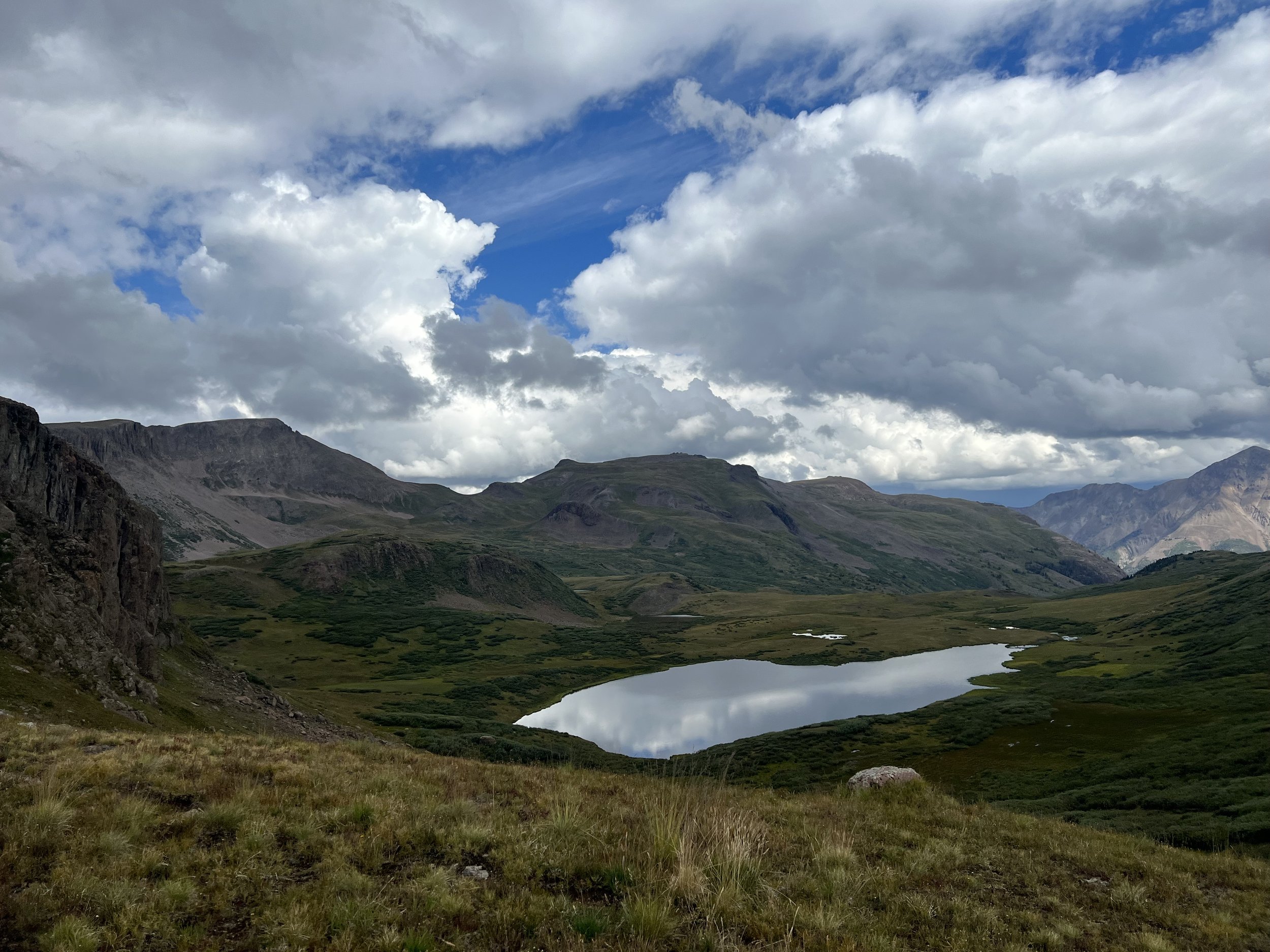
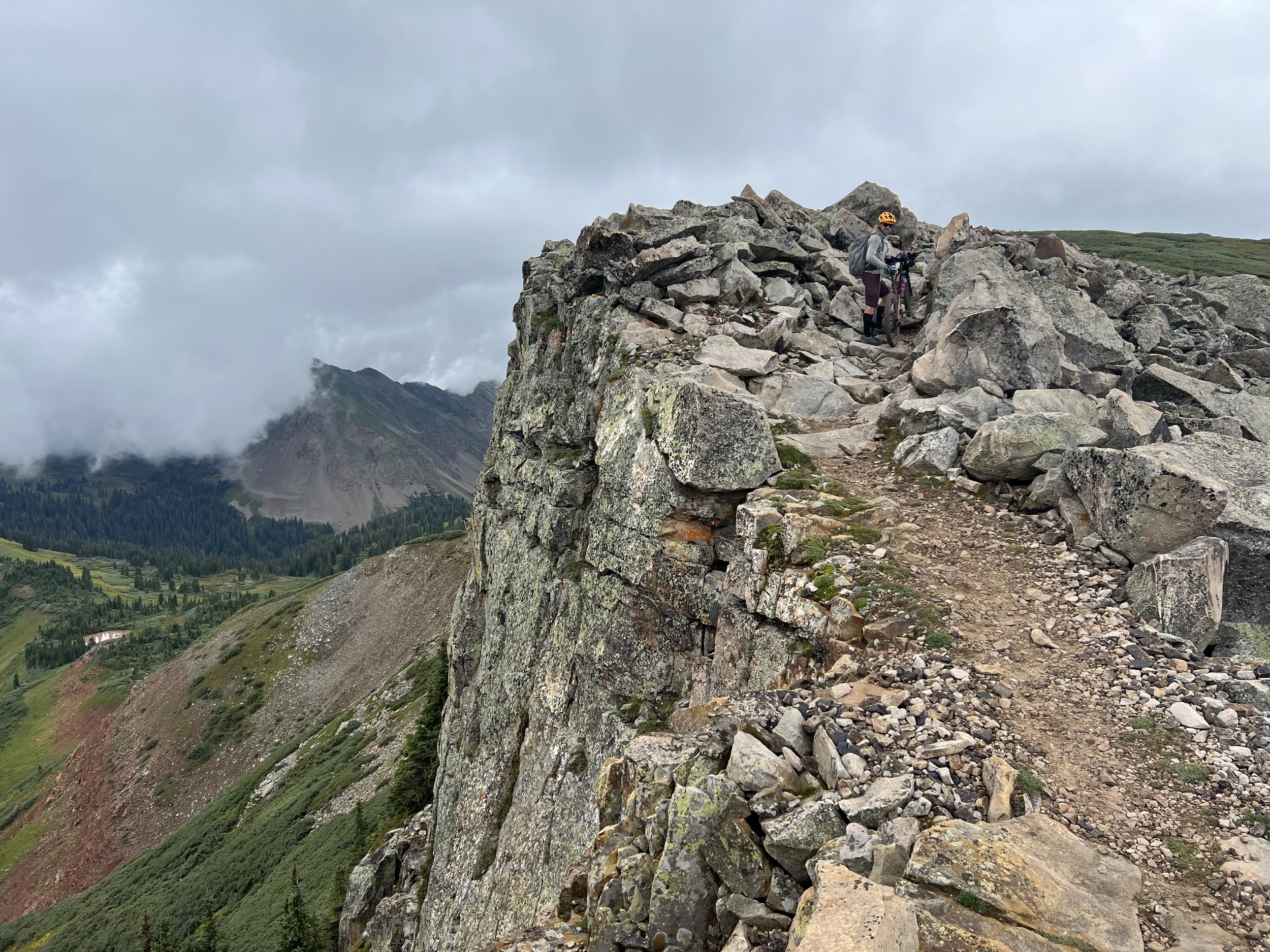

For those unfamiliar…
The Colorado Trail Race (CTR) is a solo, self-supported, ultra-endurance mountain bike race through the Colorado High Country. There is no entry fee, no aid, no support, and no prize for finishing. You might think of it as a “Cannonball Run” for mountain bikers, except it’s legal, and infinitely harder…